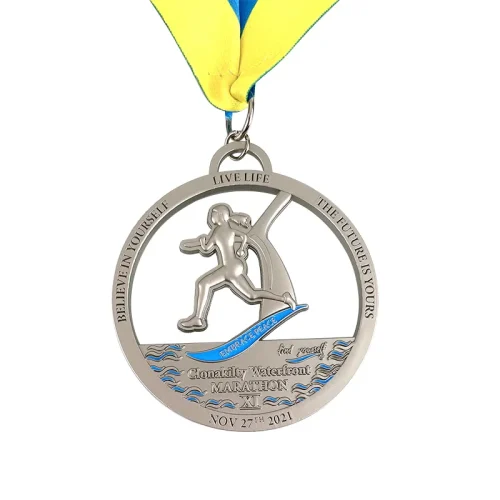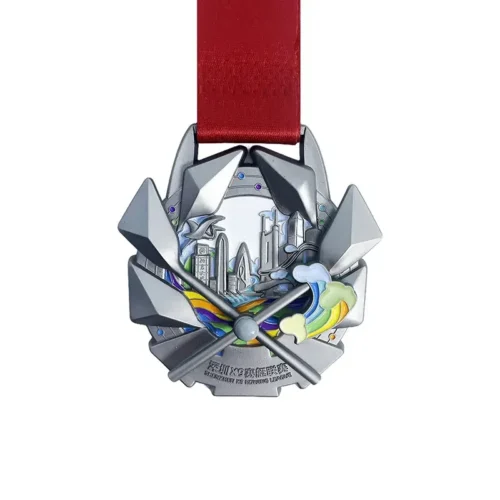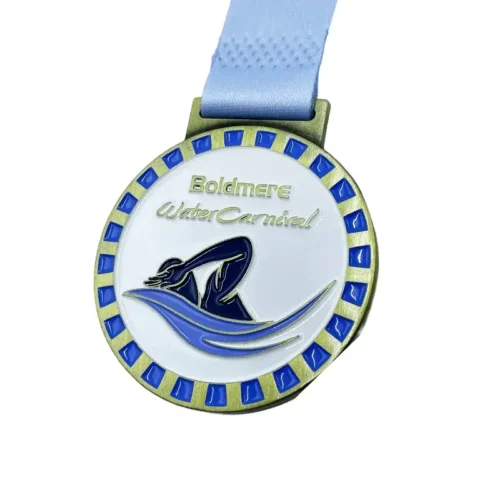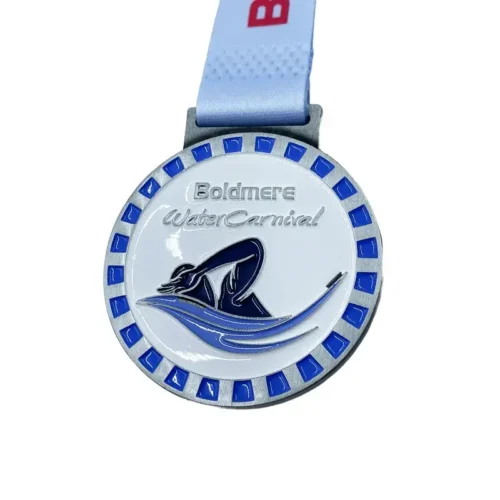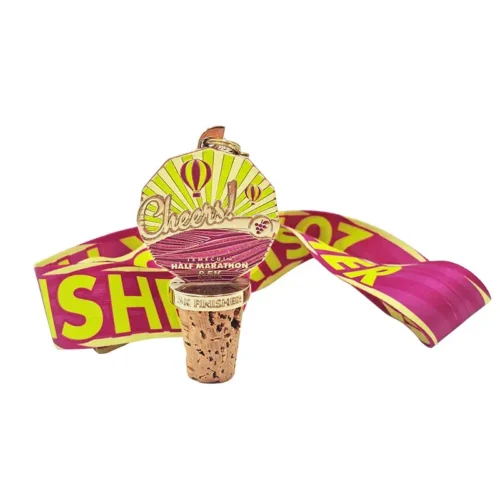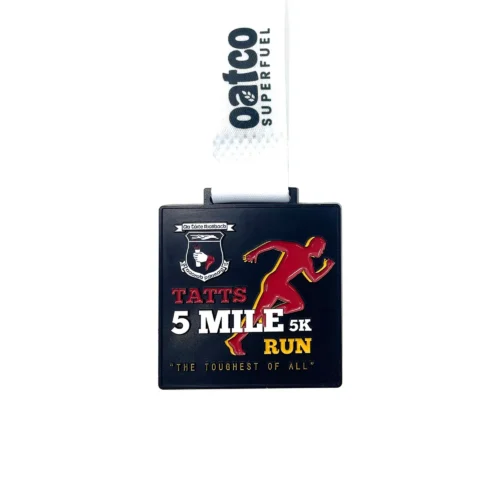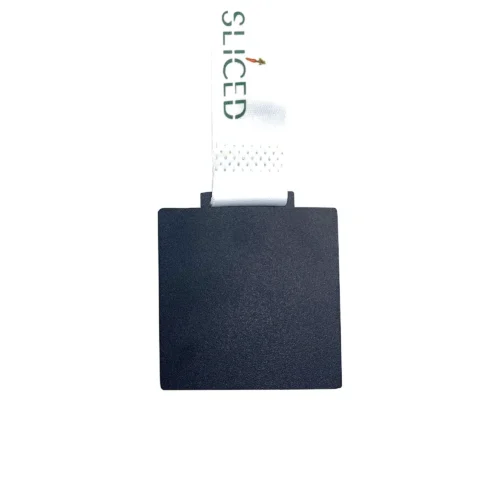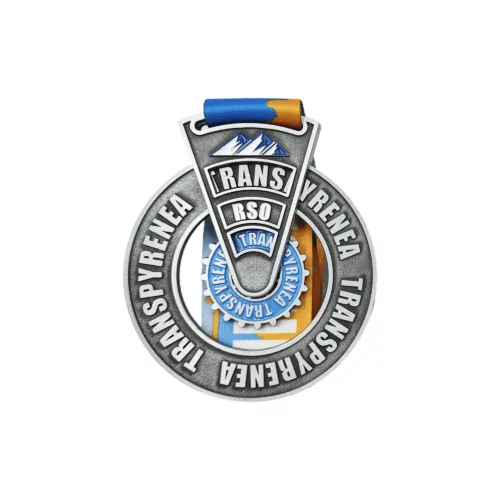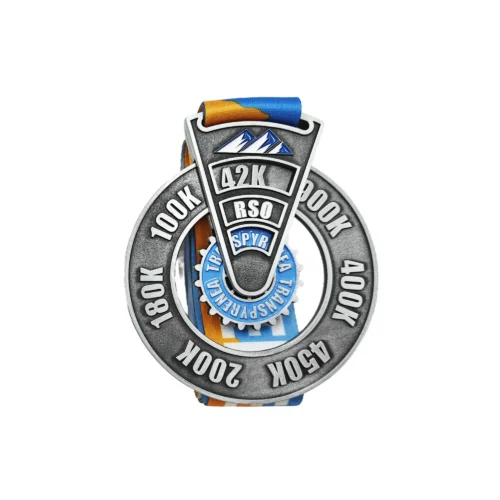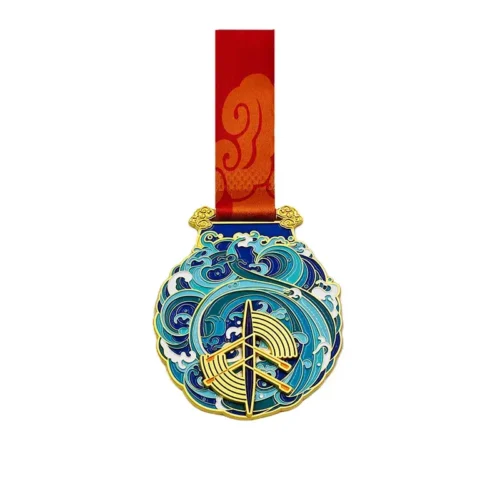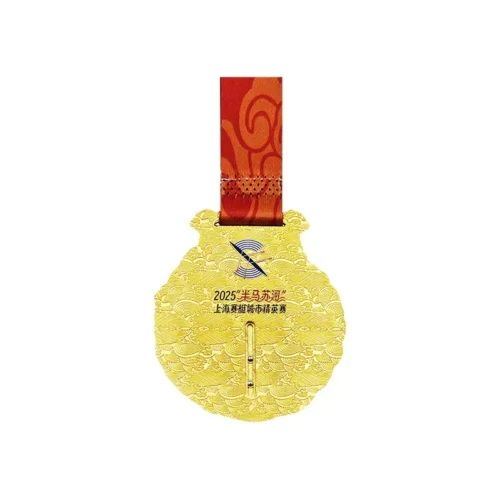Vlastní medaile časem stárnou. Aby tyto čestné symboly obstály ve zkoušce časem, je důležité pochopit rozdíl mezi přirozeným stárnutím a abnormálním opotřebením a vědět, jak správné postupy při uchovávání medailí mohou prodloužit jejich životnost. Ať už jste sběratel, organizátor akce nebo značka investující do přizpůsobení medailí, tento průvodce vás provede základními kroky, jak medaile účinně chránit.
Vysvětlení normálních jevů stárnutí
Pochopení přirozeného stárnutí medailí pomáhá majitelům rozlišit mezi přijatelným opotřebením a poškozením, které vyžaduje zásah.
Oxidace povrchu kovu
Jedním z nejčastějších příznaků přirozeného stárnutí je oxidace povrchu kovu. Když jsou kovové medaile vystaveny působení vzduchu, dochází k reakci kyslíku s povrchem kovu, což má za následek ztmavnutí tónu nebo jemné skvrny. To je zvláště běžné u medailí vyrobených z mědi, slitin zinku nebo bronzu. Tuto patinu lze dokonce považovat za součást historického kouzla medaile, avšak nadměrné vystavení bez ochrany může tento proces urychlit.
Blednutí barvy stuhy
Dalším typickým znakem stárnutí je postupné blednutí stuhy medaile. Materiály stuhy, jako je polyester nebo nylon, jsou náchylné na ultrafialové světlo, vlhkost a kyslík. V průběhu času živé barvy změknou, zejména u často vystavovaných nebo nošených medailí. Tento barevný posun je standardní formou stárnutí stuhy a neohrožuje bezprostředně strukturální integritu medaile.
Tvorba mikroškrábanců
I při opatrném zacházení se na povrchu medailí mohou objevit drobné škrábance způsobené běžným kontaktem s oděvem, lidskýma rukama nebo skladovacími pouzdry. Ty jsou sice povrchové, ale mohou mírně zmatnit vzhled. To je však považováno za tolerovatelný aspekt přirozeného opotřebení.
Rozlišení normálního stárnutí od abnormálního opotřebení
I když je normální stárnutí nevyhnutelné a často neškodné, je nutné rozlišovat mezi ním a poškozením, které zhoršuje kvalitu medaile.
Přijatelné stárnutí
Známky, jako jsou drobné změny barvy, vybledlé stuhy nebo mělké povrchové oděrky, nesnižují estetickou ani strukturální hodnotu medaile. Tyto znaky vypovídají o čase a vlastnictví a často si jich váží jak příjemci, tak sběratelé.
Červené signály abnormálního opotřebení
Ne každé opotřebení by mělo být považováno za normální. Pokud si všimnete známek, jako jsou zlomené háčky, rezavé skvrny, hluboké rýhy nebo zcela roztřepené či potrhané stuhy, jedná se o ukazatele abnormálního opotřebení. Tyto problémy mohou být důsledkem špatného skladování, drsného prostředí nebo působení chemikálií a vyžadují okamžitou pozornost, aby se zabránilo dalšímu zhoršování stavu.
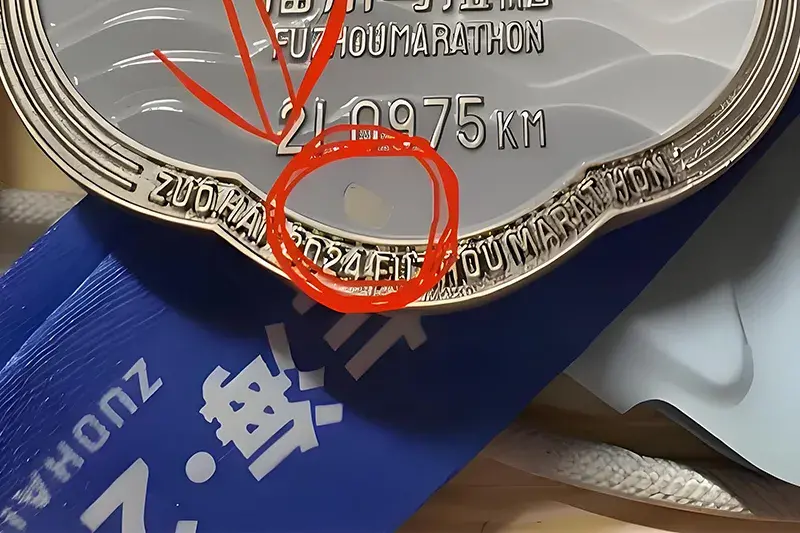
Běžné příčiny abnormálního opotřebení medailí
Zavedení účinného techniky ochrany medailí, je důležité pochopit, co přispívá k předčasnému poškození.
Silná koroze a rez
Prodloužená expozice vysoká vlhkost, voda, nebo dokonce lidský pot mohou vést k. silná koroze. Pokud se objeví rezavé skvrny nebo důlky, je to známka toho, že kov agresivně reaguje s okolním prostředím - zejména pokud není správně skladován nebo je vystaven kyselým prvkům.
Strukturální poškození
Medaile, které utrpěly poškozené smyčky, háčky nebo deformované montážní body. nelze bezpečně vystavit ani nosit. Tato poškození jsou často způsobena hrubým zacházením nebo nadměrným zatížením vahou a přesahují rámec běžného opotřebení.
Nadměrná degradace pásky
stuhy, které zcela zbělely nebo zkřehly, nebo které vykazují znaky roztřepené okraje a díry, může narušit celistvost a prezentaci medaile. Často je to důsledek přímého slunečního záření, špatných pokusů o mytí nebo fyzického namáhání.
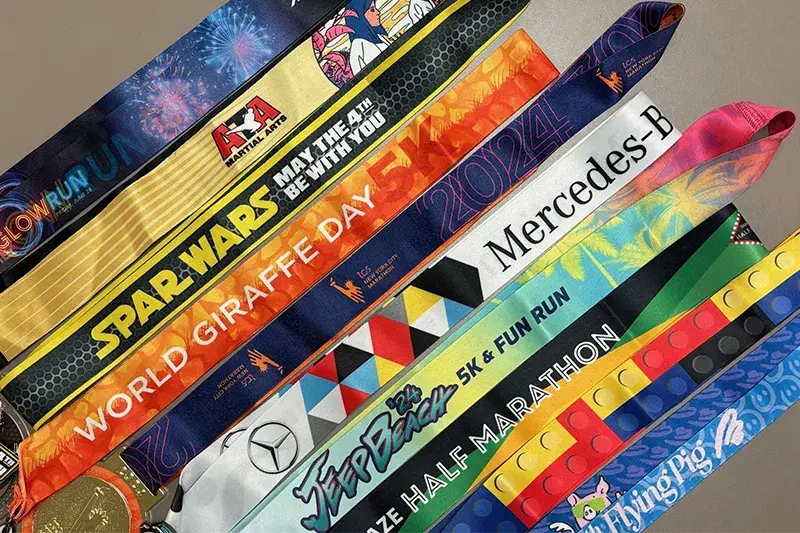
Tipy pro uchování přirozeně stárnoucích medailí
Uchovávání medailí v co nejlepším stavu naštěstí nevyžaduje pokročilé nástroje - stačí důsledná péče a ohleduplné zacházení.
Pravidelné čištění a údržba
Začněte s běžným čištěním. Jemně otřete povrch utěrkou z mikrovlákna, abyste odstranili otisky prstů, prach a oleje. Vyhněte se používání drsných čisticích prostředků nebo abrazivních materiálů, zejména u zakázkových medailí s lakovaným nebo potištěným povrchem.
Uchovávejte medaile v kontrolovaném prostředí
Vlhkost je hlavním nepřítelem dlouhé životnosti medailí. Skladujte medaile v chladném, suchém a dobře větraném prostoru. K pohlcení přebytečné vlhkosti můžete také použít sáčky se silikagelem ve výstavních boxech. Zajistěte, aby medaile nebyly vystaveny přímému slunečnímu záření, aby se zachovala povrchová úprava kovu i barva stuhy.
Omezení fyzického kontaktu
Častá manipulace urychluje opotřebení. Podporujte minimální přímý kontakt s povrchem medaile, zejména u zakázkových medailí s UV potiskem nebo smaltovanou povrchovou úpravou, protože u nich se opotřebení projeví snadněji. Při manipulaci s medailemi určenými k vystavení nebo archivaci zvažte použití rukavic.
Praktické tipy pro zpomalení stárnutí medailí
Stárnutí se sice nevyhnete, ale životnost vlastních medailí můžete rozhodně prodloužit provedením následujících kroků.
Použití antioxidantů
U kovových medailí se lehkým nanesením antioxidačního vosku nebo oleje (např. Renaissance Wax) vytvoří ochranná bariéra mezi medailí a vzduchem. To může oddálit oxidaci a zachovat původní lesk medaile.
Výměna zestárlých pásek
Pokud stuha začíná narušovat celkový vzhled medaile, její výměna je jednoduchá a cenově dostupná. Vyberte si kvalitní materiál stuhy, který odpovídá původní barvě a šířce, zejména pokud se jedná o pamětní nebo oceněné medaile.
Pravidelné kontroly a opravy
Je rozumné naplánovat čtvrtletní nebo pololetní kontrolu sbírky medailí. Hledejte uvolněné kování, změnu barvy nebo poškození stuhy. Včasné odhalení zajistí, že se drobné problémy nerozvinou v nákladné poškození.
DIY restaurování medailí při drobných problémech
Pro medaile, které vykazují první známky stárnutí nebo mírného poškození, nabízí praktické řešení renovace DIY.
Péče o kovový povrch
Otřete mikrovláknem nebo utěrkou na brýle
Ta dokáže účinně odstranit prach, šmouhy a oleje, aniž by poškrábala povrch.
Používání nemastného leštidla na kovy (šetrně)
Na medaile s viditelným otupením použijte malé množství neabrazivního leštidla na kovy určeného pro jemné kovy. Vždy nejprve vyzkoušejte na malé ploše, aby nedošlo k přeleštění.
Restaurování stuhy
Sešívání drobných trhlin
K opravě drobných trhlinek, zejména na koncích smyček, kde se stuha připojuje k medaili, použijte jehlu a nit nebo lepidlo na látky.
Vyměňte, když je to nutné
Pokud je páska neopravitelná, vyberte odpovídající náhradní pásku a postupujte podle standardních postupů pro upevnění. Tím se obnoví struktura i estetický vzhled medaile.
Závěrečné myšlenky: Ctěte příběh, který se skrývá za každou medailí
Medaile symbolizují úspěchy, které si zaslouží být připomínány. Pochopením rozdílů mezi normální stárnutí a škodlivé opotřebenía použitím správných techniky uchovávání medailí, můžete tyto památky uchovat na dlouhá léta. Ať už se jedná o medaili pro finalisty maratonu nebo pamětní ocenění, péče o tyto kousky je projevem úcty k okamžikům, které představují.
Pokud si chcete objednat medaile na míru, vždy se poraďte se spolehlivým dodavatelem. výrobce medailí na zakázku který nabízí poradenství v oblasti dlouhodobé péče o medaile. Koneckonců, přizpůsobení medaile není jen o designu - jde o trvalý odkaz..



